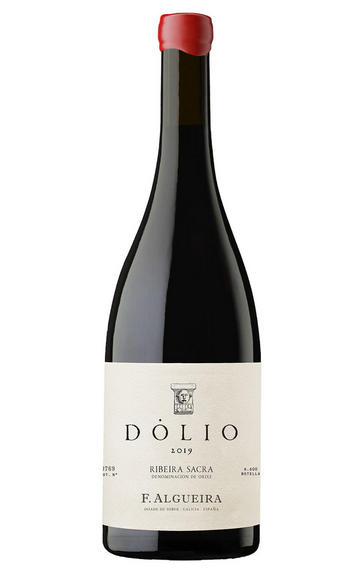
2019 Dolio, F. Algueira, Ribeira Sacra, Spain
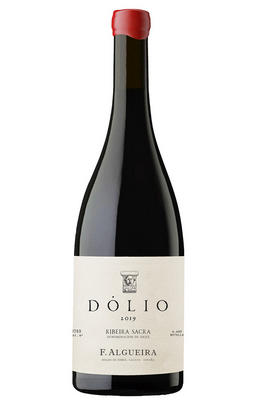
Critics reviews
The 2019 Dolio is a cuvée of Mencía, Brancellao (quite a lot here), Sousón, Caíño and Garnacha Tintorera created as a blend with the help of Telmo Rodríguez and Pablo Eguzkiza in this first vintage, but they should go much further in future years. They selected north- and west-facing vineyards to achieve more freshness in the wine, trying to reflect the huge potential of Ribeira Sacra.
The full clusters were foot trodden and fermented in a troncoconic oak vat with indigenous yeasts and matured in 225-liter barrels and 2,000-liter foudres for 24 months. But the wine has no influence from the wood and is floral and perfumed. It has good grip, fine tannins, moderate ripeness and 14% alcohol, and it's very clean and balanced, with elegance and precision. The best wine from Algueira in recent times. 6,665 bottles were filled in May 2023.
Drink 2024 - 2030
Luis Gutiérrez, Wine Advocate (August 2023)
Simply, unique. It needs a lot of aeration before tasting, otherwise it can show some rusticity due to some reduction. After one hour, the wines opens up in the most delicate array of aromas, with fresh red berry fruit, some mint, a bit of of toffee. In the palate, the acidity is almost provocative, enhancing a delicious fruit expression, admirably fresh and enticing. The wine caresses your palate, with firm but suave tannins and a lovely slowness.
The main variety is Mencía, but the wine has nothing to do with neighbouring Bierzo, because of that shocking freshness. Probably the most Burgundian of Spanish wines in this market, singing old vines, impressive slopes, a difficult climate; a most challenging wine because of its very originality. It can become an icon. I insist, please do not even think of trying the wine without aeration!
Drink 2023 - 2039
Pedro Ballesteros Torres MW, Decanter.com (August 2023)
About this WINE
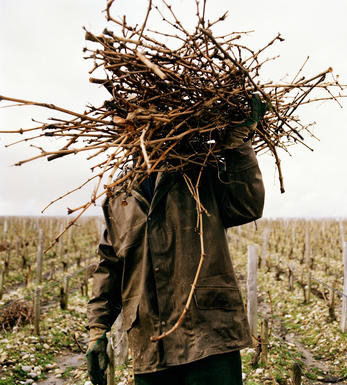
Adega Algueira
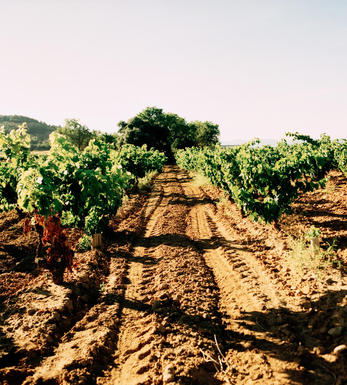
Ribeira Sacra
Ribeira Sacra is a stunning wine region located in the northwest of Spain, in the province of Galicia. “Ribeira Sacra” translates to “Sacred Riverbank” in Galician, referencing the region’s breathtaking landscape sculpted by the Sil and Miño rivers.
The region benefits from a unique microclimate influenced by the nearby Atlantic Ocean. The combination of Atlantic and continental influences creates cool, humid conditions with ample rainfall, making it an ideal environment for wine cultivation. The vineyards are primarily planted on granite and slate soils, adding distinct mineral elements to the wines.
The wines are typically produced from indigenous grape varieties. Among the prominent red are Mencía and Garnacha Tintorera, which exhibit bright fruit flavours, elegant acidity, and subtle earthy undertones. On the other hand, the whites are often Godello, Albariño, and Treixadura, which are notable for their refreshing acidity, citrus notes, and distinct minerality. These grapes thrive in the region’s diverse terroirs, producing wines with character and depth.
One of the most distinguishing features of Ribeira Sacra is its terraced vineyards. Due to the challenging terrain, many vineyards are planted on steep slopes, requiring labour-intensive work for cultivation and harvesting. The terraces, built centuries ago by local farmers, create a mesmerising landscape and showcase the region’s rich winemaking heritage.
Ribeira Sacra maintains a solid commitment to traditional winemaking methods. Many wineries adhere to organic and sustainable practices, emphasising manual labour in the vineyards and minimal intervention in the cellar. This approach allows the wines to express the authenticity of their origin and terroir.
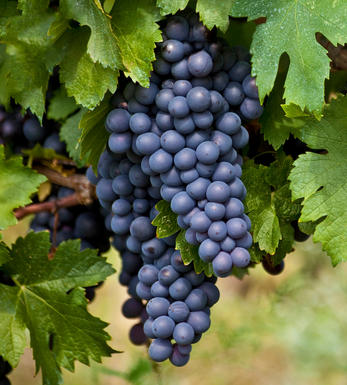
Mencía
Mencía is the primary grape of the Bierzo region and its undisputed star, covering nearly two-thirds of the vineyards. This red grape variety is grown almost exclusively in north-western part of Spain (especially in the DOs of Galicia, Valdeorras, Monterrei, and Ribeira Sacra). Mencía ripens early, by mid-September, and is well suited to the maritime climate of Bierzo where autumn rains are quite common.
Mencía has only recently come into spotlight as a quality, potential-laden grape variety. When properly made, it offers fascinating wines across a contrasting spectrum of styles; on the one end are fruity and forward wines with supple tannins and succulent fruit. On the other end are more concentrated, powerful styles with an exotic earthiness, smooth tannins and an enviable reflection of the minerally-rich Bierzo terroir.
Mencía is capable of making excellent wine on its own, with no need to sacrifice its unique character in blends with Cabernet Sauvignon or Merlot that are commonplace elsewhere in Spain.


Buying options
Add to wishlist
Description
The 2019 Dolio is a cuvée of Mencía, Brancellao (quite a lot here), Sousón, Caíño and Garnacha Tintorera created as a blend with the help of Telmo Rodríguez and Pablo Eguzkiza in this first vintage, but they should go much further in future years. They selected north- and west-facing vineyards to achieve more freshness in the wine, trying to reflect the huge potential of Ribeira Sacra.
The full clusters were foot trodden and fermented in a troncoconic oak vat with indigenous yeasts and matured in 225-liter barrels and 2,000-liter foudres for 24 months. But the wine has no influence from the wood and is floral and perfumed. It has good grip, fine tannins, moderate ripeness and 14% alcohol, and it's very clean and balanced, with elegance and precision. The best wine from Algueira in recent times. 6,665 bottles were filled in May 2023.
Drink 2024 - 2030
Luis Gutiérrez, Wine Advocate (August 2023)
wine at a glance
Delivery and quality guarantee